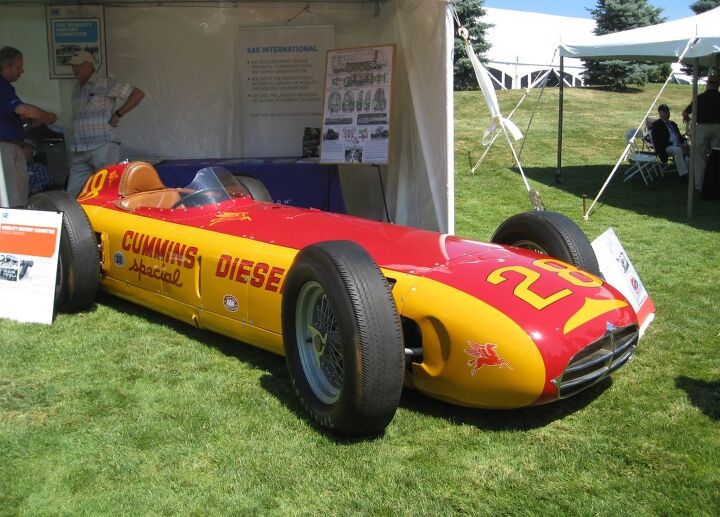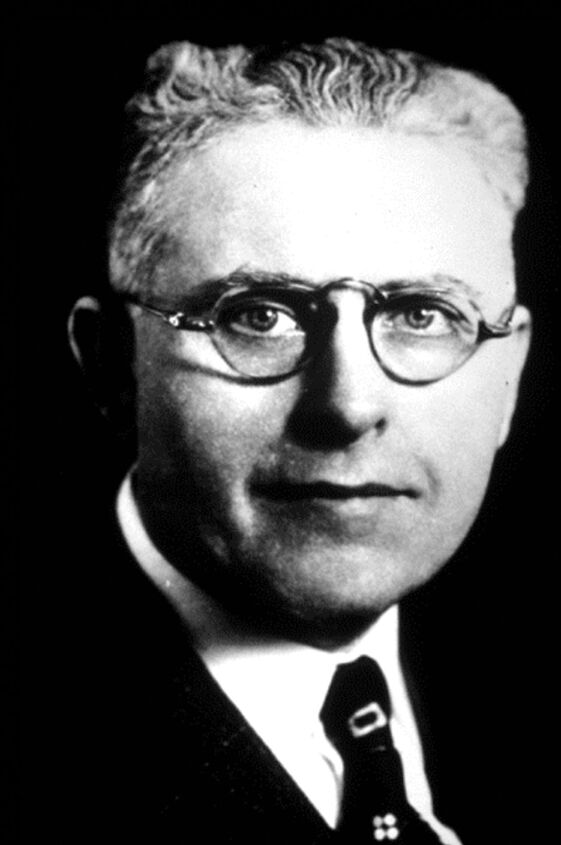#WilliamIrwin
Clessie Cummins Made Diesels the King of the Road… and Almost at Indy Too. Part Two
In Part One we looked at Clessie Cummins’ development of the first practical and reliable diesel truck engines and his earliest attempts to race diesels in the Indy 500. Though he had succeeded in developing the technology, he still hadn’t achieved the ultimate proof of concept that market success brings.
Clessie Cummins Made Diesels the King of the Road … and Almost at Indy Too. Part One.
(Note to readers: This was the piece on Clessie Cummins that should have appeared first. Unfortunately, Part 2 of the series ran first and will be rerun later this afternoon — Aaron.)
Diesel engines have been in the news lately, and not for good things. The admission by Volkswagen that it has been using a software device to cheat on government emissions testing of at least some of its diesels may taint compression ignition, oil-fired engines in the passenger car market. The trucking industry, however, will continue to use diesels. That’s mostly because of a guy named Clessie Lyle Cummins.
If you’re an automobile or truck enthusiast you likely know his last name, but just as likely know nothing about him.
His accomplishments date to building a working steam engine for his family’s Indiana farm as an 11 year old in 1899, casting the engine parts from molten iron poured into hand-carved molds. As a teenager, he started to take odd jobs including fixing machinery, which led to a job at the maker of Marmon automobiles — Nordyke and Marmon. He was also member of the pit crew of Ray Harroun’s Marmon Wasp that was the winner of the very first Indianapolis 500 race in 1911, and offered suggestions that made the car faster. Cummin’s loved the Indy 500 and his engines would eventually run there, with some measure of success.

















Recent Comments